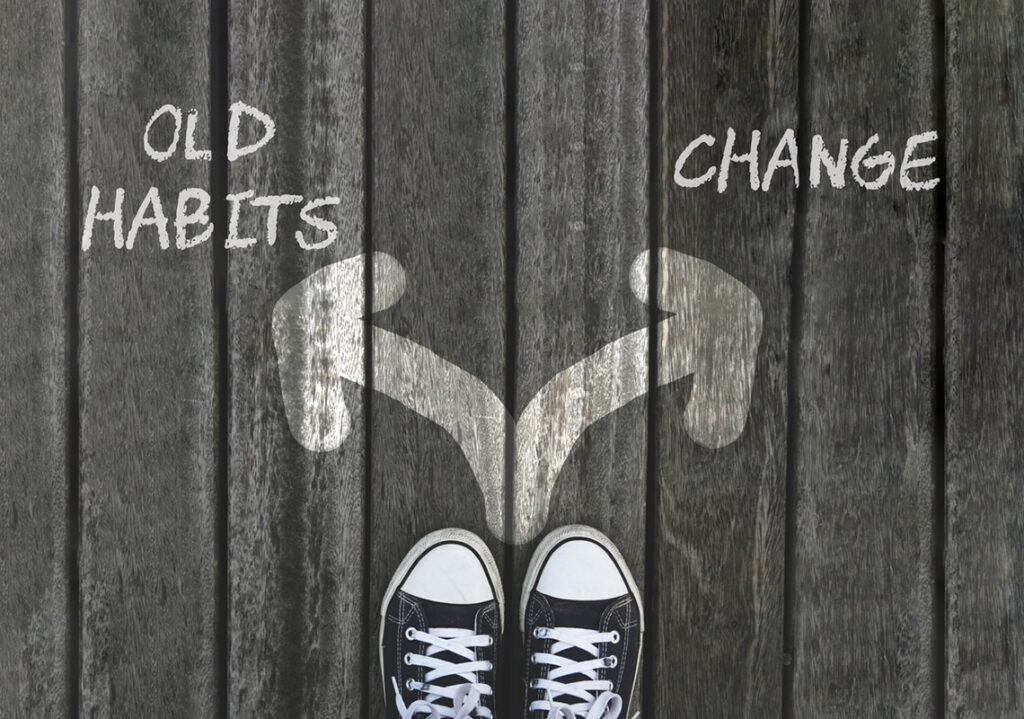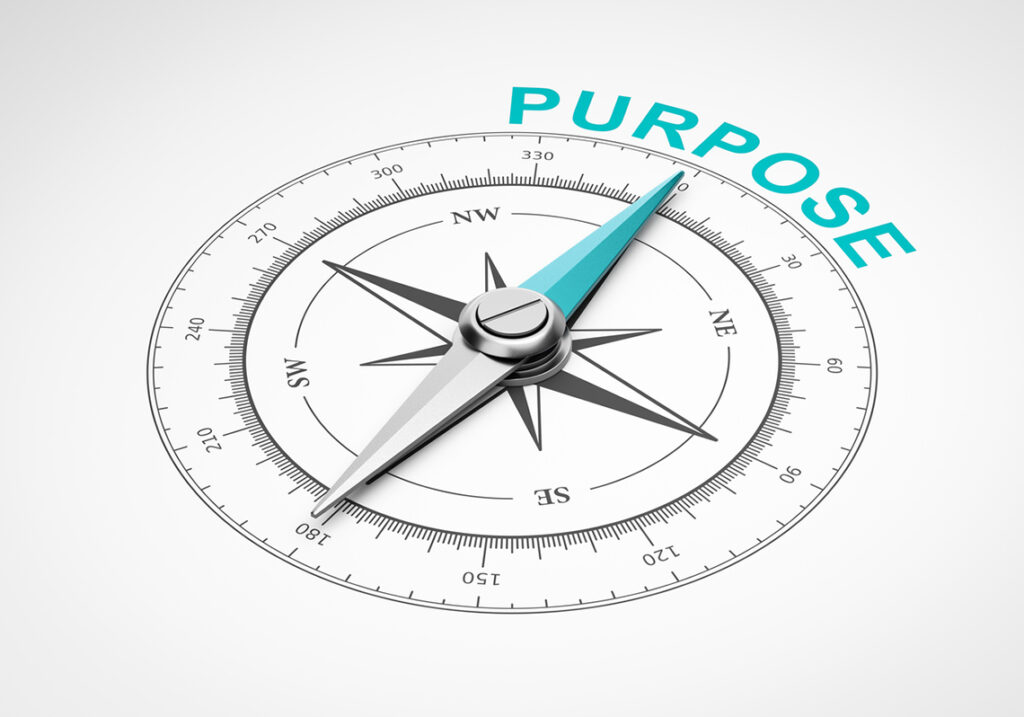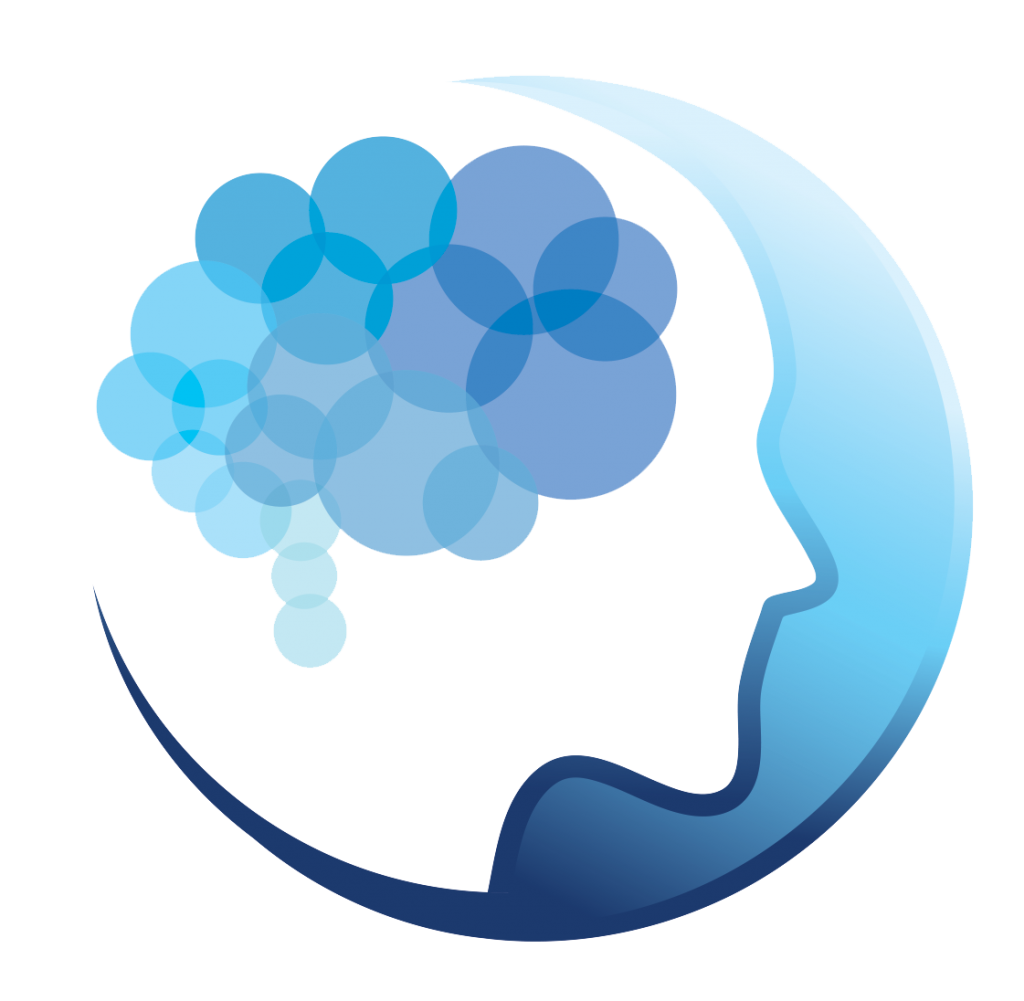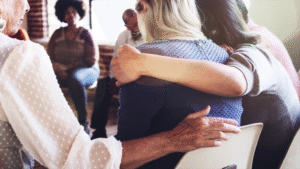Related Resources
For The Havening Techniques®
A Self-Havening Guided Meditation for Making Change Easy by Finding Your Purpose
When your goals align with your purpose, making change is so much easier! In this video Dr. Kate walks you through a therapeutic exercise and guided meditation to help you deepen your awareness of your inner purpose to help make building new behaviors (and releasing the old!) much easier. We recommend having a piece of paper and a writing instrument available to full benefit from this guided meditation.
A recent study examining the presence of “Purpose,” as “defined by the tendency to derive meaning from life’s experiences and possess a sense of intentionality and goal directedness that guides behavior,” found elderly individuals who scored high on a scale measuring purpose had significantly greater levels of cognitive aptitude later in life as well as lower rates of disability and even death. Purpose is Life! Let’s find your purpose and make long-term sustainable change.
Coping w/ Unhealthy Coping Skills - Turning Inward with Compassion and Curiosity
In this video Dr. Kate invites us to assess our current coping skills with openness and curiosity. How are you doing these days? Are you feeling the feels? Or numbing out? Are you in relationship with your mind and body? Are you doing a little more eating these days? Drinking? Smoking? Working?
Do you have self-compassion for the choices you’re making these days in order to support your system to disconnect from the difficult moments? Uncertainty, stress, and worry are abundant right now. Our mind, and especially our dear friend Amy the Amygdala, will consistently do whatever it can to reduce the experience of pain. Relying more heavily on external methods of coping—substances, food, overworking, sleeping, and more—is common.
It’s easy to pull away from the hard stuff and avoid feeling the hard things. We are biologically hardwired to avoid pain and enjoy pleasure even when pleasure has long-term consequences. Let’s get lovingly curious about our choices and explore if what we’re doing in the “now” aligns with what we want for the future.
A Self-Havening Guided Meditation to Release Old Habits
We are all yearning for change this year. Living in the chronic stress of 2020 and the beginning part of 2021 has led to many of us leaning on less-than-preferable coping skills to manage our emotions. This video focuses on creating compassionate awareness and proactive positive opportunities to release any patterns that have developed in the past while creating new, healthy, behaviors for the future.
Join Dr. Kate in this guided meditation to welcome in Mindful Touch and Self-Havening along with neuroplasticity to create empowered change. In this video Dr. Kate refers to previous videos in the Substance Use and Self-Healing playlist.
The entire playlist may be found here: https://youtube.com/playlist?list=PLH… The initial list of coping skills exercise may be found here: https://youtu.be/1BQK-42I83w The A+B=C equation exercise may be found here: https://youtu.be/oop88A_XNFg The New Behavior A+B=D (replacing the C) may be found here: https://youtu.be/D9GUop99bBg The Left Right Journaling Exercise for find the WHY of our choices may be found here: https://youtu.be/FMHMFNDiulA Understanding our thoughts in order to change the behaviors may be found here: https://youtu.be/6n5tjlIPBkI
Breaking Unhealthy Habits: Creating Change Through Finding Your Purpose
By Dr. Kate Truitt
Since the beginning of the Pandemic nearly a year and a half ago, it is safe to say that most of us have been dealing with more than our usual share of difficult emotions and tough situations. Let’s focus on the dealing with part of that statement. How have you been coping when faced with these difficulties? Have you been leaning into them, striving to learn from them, or have you been avoiding or numbing them?
The lengths our brain will go through to avoid pain and discomfort

If your answer is the latter, rest assured that this is a natural, organic response. Our brain will go to great lengths to help us avoid feeling pain and discomfort. Our fiercest protector, Amy—my name for the amygdalae of our brains—hates pain and stress. She will frequently lean into whatever coping methods she can find to help us “numb out,” or otherwise feel better in a hurry. Those approaches frequently include behaviors that help us rapidly feel good in the moment such as reaching for the whiskey bottle a few too many times, that daily glass (or bottle!) of wine, indulging in some marijuana, and many others. In truth, our brain loves “Easy Buttons.”
Amy’s options for less-than-preferable or downright unhealthy coping mechanisms are nearly endless. Our brain is smart, and it wants to feel good, so it looks for the easiest and quickest alternative to get there, even if the solution for feeling good in the moment doesn’t work for us in the long run.
These coping methods don’t necessarily always involve drugs or other substances. Amy can also help us avoid unpleasant emotions and situations by doing things like sleeping most of the morning away, having sex (and then having sex again and again), overworking, baking up and wolfing down a batch of cookies as our afternoon activity, overworking, or exercising for hours on end until we drop from exhaustion. I heard one man quip that, “I will either come out of the pandemic a hunk, a chunk, or a drunk.” Cute, but not funny if you think about it in terms of the lengths our brain will go to “protect” us from the realities around us and the long-term effects those coping methods might have on our lives.
We refer to the aforementioned feel-good solutions as “less-than-preferable” or “unhealthy” coping mechanisms because they are not sustainable if our goal is to build a resilient brain in order to live our most fulfilled life. Rather than reaching for easy solutions, we need to develop actual coping skills that we can put to use in those situations where we are tempted to take the easy route of disconnection and numbing. The difficulty is that this requires initiating change in your life, and change does not come easy.
Humans are patterned creatures. We love to grow comfortable with things being “just so,” and it has been a long time since things have been just so in all of our daily lives. That’s why our brains push back when we try to create change. If we find behaviors like the ones that easily relieve our pain and anxiety and even help us feel good, then what’s the benefit of creating change? It can often feel like our brain is stubbornly asking, “Why mess with a good thing?” or “Why lean into difficult and uncomfortable solutions when there is an easier way out?” These questions are good starting points, because the first step in learning how to create lasting changes is to examine what inspires you to want to change.
Understanding the Barriers to the Inner Desire for Change

I have written in this blog before about the differences between intrinsic, or internal motivation, and extrinsic, or external motivation. When you are doing something that is intrinsically motivated you are doing it because you enjoy what you’re doing and it gives you personal satisfaction, making you feel good inside. It’s all about you and what you’re engaged in. On the other hand, when you engage in an extrinsically motivated activity, you are seeking some kind of reward from outside of yourself for what you’re doing. In extrinsically motivated activities, the activity is secondary to the outcome you are trying to obtain. In intrinsically motivated activities, it is the activity that is the thing—it is its own reward.
Now, this is not to draw a bright line that says, “Intrinsic motivation good, extrinsic motivation bad.” Take the numbing behaviors I wrote about earlier. Often, the thing that gets people started on the road to behavior change is “hitting rock bottom.” Getting to that point often involves life events such as losing a longtime relationship or job, or getting in an accident, spending a night in jail and losing your driver’s license—big, hard wake-up calls. These are life-changing extrinsic motivators. AND, ideally, we start to build in healthy choices before a “rock bottom” moment shreds our life to bits.
How Do We Find Internal Motivation for Positive Change?
External motivation is easy to find because it is everywhere: I need to lose weight so I look good, and people will find me attractive; or I need to donate $5,000 at the homelessness fundraiser tonight so the mayor will mention me in his speech. Internal motivation is harder to find because from the time we were children, most of us were not motivated to find an internal drive to proactively create lasting, positive change. We were too busy trying to make straight A’s in school or exceling in sports, because that is what got us pats on the head and a “Good job!” from our caregivers. That is, frequently we learn to be motivated by things that made us more acceptable to the outside world and earned us accolades from people, rather than by what is internally satisfying to us.
Finding internal motivation to create real lasting change requires us to move beyond the “easy buttons” and venture into more difficult territory. We have to connect inward and understand the answer to, “Why am I foregoing the easy route and actually choosing to be uncomfortable in this moment?”
Finding Alternative Reactions to Your Triggers

When you find yourself facing difficult emotions or situations you want to avoid, I would like you to consider your brain’s association with the following equation—A + B = C. In this equation, “A” is an activating event or actionable experience. “B” is the electrochemical response that happens in our mind and body—the tension that is produced in response to the experience. “C” is the easy coping method or behavior you immediately gravitate toward.
Our goal is to change the equation from A + B = C to A + B = D, where we replace the easy-button C in the original equation with D, which represents a more desirable behavior as a coping method. This might be taking a walk, or just taking a few minutes to go out and sweep up the leaves in the driveway—anything to give the amygdala a break.
Focus on the A in the equation as you give Amy this break. Tune into the why of how you would normally respond to that activating experience. This can help you take actionable steps to change your self-awareness, mindfulness, and engagement with the present moment.
Take a moment to notice when you have engaged in a less-than preferable coping skill and then shift your focus to that “A” experience. What happened in the moment before you reached for that less-than-preferable coping skill? What was happening in your mind and body? How were you showing up physically and emotionally? What is the flag in that secondary experience? Are there any consistent behavioral patterns that manifest themselves in those activating moments?
Learning what motivates you means examining the trigger points, asking the question: “What is it that you avoid?” There is valuable information in the answers. Do you avoid situations where you might risk discomfort, failure, letting people down? Then consider the kind of steps you take to continue to avoid experiencing the hard things. It’s when we go inside and look at the hard things that we truly begin to cultivate what matters—our purpose.
Finding our purpose significantly increases the ease with which we are able to create sustainable change. It helps us more readily link into the new “D” behavior that aligns with our desire to live our purpose.
An Exercise in Finding Your Inner Purpose

An Exercise in Finding Your Inner Purpose
The following simple exercise is designed to guide you in finding your purpose. The first step is to write down a list of your three key motivators—why you do the things you do. Beside that list of three motivators, write down three desired outcomes: What are you seeking? Next to that list, create one that answers the question, “How does this serve me?”
Finding Your Purpose 1 | ||
My Three Key Motivators | My Three Desired Outcomes | How Does This Serve Me? |
1. 2. 3. | 1. 2. 3. | 1. 2. 3. |
Twenty years ago, when I first made this list for myself, there was nothing in the right column. My key motivators and desired outcomes did not serve me because I had not yet developed my purpose. I knew what drove me, and I knew what I wanted to happen, but when I had to explain how they aligned with my personal integrity and values, I was at a loss. It was startling for me two decades ago at the age of 21 to realize I didn’t have a clearly defined purpose, because what are we without that? Going through this exercise changed my entire philosophy around how I live in my world and created an inception point for behavior change in my life.
It took me years from there to develop clarity around who I was, and it is only through self-knowledge that we can proactively create positive change. I engaged in a few core exercises that helped me gain a felt sense of me, inviting introspection without introducing shame, which gets in the way when we are trying to examine our selves. Also, when we feel we don’t live up to what we feel we are supposed to be, it can cause us to stop trying, thus hampering our growth. A growth mindset means that we believe we are capable of anything, and that every challenge is an opportunity, and we need that to create positive change.
Let’s go deeper with a second Finding Your Purpose exercise (see below), which will help you get closer to our inner motivations. Start with writing a few notes about how you value yourself. List three core elements that you bring to the world around you, that is, how do you impact the world. Next, think of a write down three things you need to be able to deliver those three elements that you wrote in the first line. What enables you to bring those things to the world? In the last column, write down what it means about you when you accomplish each of the things you wrote in column 1? Does it mean you’re lovable, acceptable, valuable, worthy?
Finding Your Purpose 2 | ||
What Impacts do I have on the World Around Me? | What do I Need to Create These Impacts on the World? | What Does it Mean About Me When I Create These Impacts? |
1. 2. 3. | 1. 2. 3. | 1. 2. 3. |
I would like to invite you to take the information from the two exercises above, and then watch the brief video titled, “A Self-Havening Guided Meditation for Making Change Easy by Finding Your Purpose,” which is also the first video in the sidebar to this blog article. If you have not yet completed these written exercises, start the video at the beginning to get a review of what you need to do to complete them. If you have completed them, you can start the video at 4:00 minutes to dive deeper into determining your inner purpose.
Working in favor of your overarching purpose and aligning your goals with them is the key to creating intrinsically motivated change. Once you have determined your purpose, you will find that building new, more preferable behaviors comes much more naturally and easy, helping to create long-lasting, positive change.










